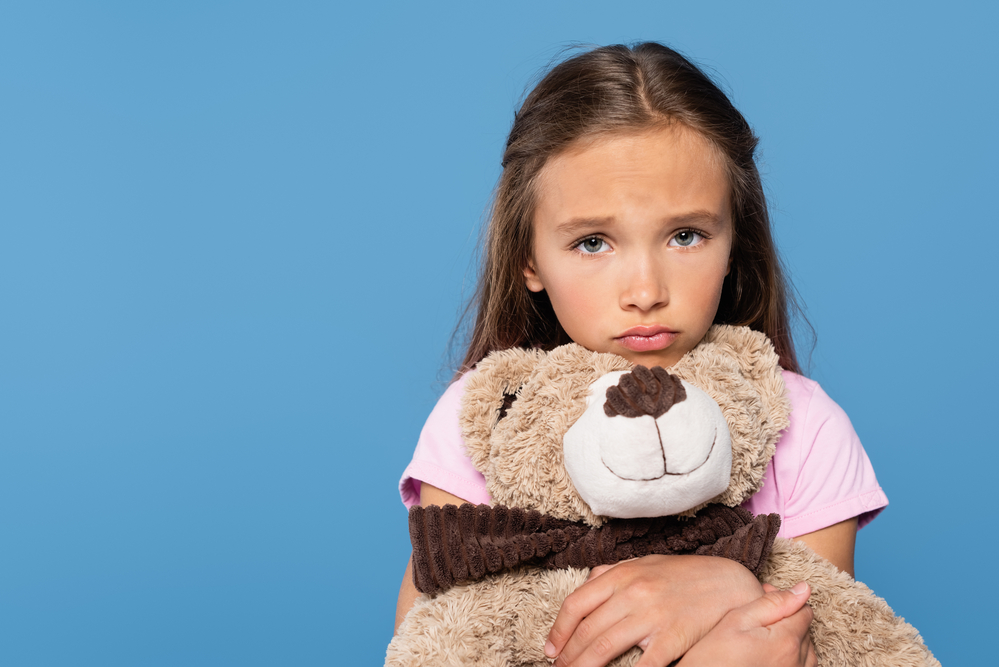Children’s books are typically designed to nurture young minds and teach valuable life lessons, but these 12 disturbing books might have missed the mark and even crossed a line.
The Witches
Roald Dahl’s “The Witches” is a dark fantasy that stirs the imagination with its tale of evil witches plotting against children. The graphic descriptions and the concept of child hatred disturb yet fascinate readers.
Where Willy Went… The Big Story of a Little Sp-rm!
Nicholas Allan’s “Where Willy Went… The Big Story of a Little Sp-rm!” is a bold attempt to demystify human reproduction for children. By anthropomorphizing sp-rm in a race to fertilize an egg, Allan’s book blurs the line between education and discomfort, raising questions about the appropriateness of such narratives for young minds.
Hansel and Gretel
The Brothers Grimm’s “Hansel and Gretel” is a classic fairy tale that doesn’t shy away from darkness, with themes of abandonment, cannibalism, and survival. Its grim narrative and underlying lessons continue to fascinate and horrify.
I Wish Daddy Didn’t Drink So Much
In Judith Vigna’s “I Wish Daddy Didn’t Drink So Much,” readers are presented with a narrative that subtly explores alcoholism within the family dynamic. Despite its well-meaning approach to a difficult subject, the lack of a hopeful resolution may leave readers, particularly those experiencing similar issues, feeling low rather than empowered.
Scary Stories to Tell in the Dark
Alvin Schwartz’s collection of folklore and urban legends, accompanied by Stephen Gammell’s terrifying illustrations, has been a fixture of childhood nightmares. Its disturbing tales and haunting imagery ensure a chilling reading experience.
Don’t Make Me Go Back, Mommy
“Don’t Make Me Go Back, Mommy,” a story emerging from the ’80s and ’90s, delves into the disturbing theme of Satanic rituals within a daycare setting. Authored by Doris Sansford, this book was an attempt to address serious subjects like trauma and abuse, albeit in a way that leaves readers questioning its appropriateness for young audiences.
Coraline
Neil Gaiman’s “Coraline” is a spine-tingling adventure of a girl who discovers an alternate reality. With its eerie other mother and the concept of lost souls, it’s a thrilling yet unsettling journey into the unknown.
A Day No Pigs Would Die
Robert Newton Peck’s “A Day No Pigs Would Die” is a semi-autobiographical piece that introduces young readers to the harsh realities of rural life, including themes of mortality and survival. While it’s classified as young adult literature, its poignant exploration of life’s cyclical nature offers valuable lessons on growth and resilience.
The Lonely Doll
Dare Wright’s “The Lonely Doll” captures the imagination with its staged photographs of a doll’s adventures and misadventures. However, its underlying themes of loneliness, desire for companionship, and controversial punishment scenes invite a deeper examination of the psychological impacts these stories might have.
Children Are No Match for Fire
This book by Carol Dean starkly illustrates the dangers of fire, aiming to instill a healthy respect and fear of it in young minds. However, its execution—highlighting children in dangerous situations—may tread too far, overshadowing its educational intent with imagery that could potentially traumatize rather than teach.
Alfie’s Home
Richard A. Cohen’s “Alfie’s Home” ambitiously, yet controversially, tackles the themes of sexual abuse and conversion therapy. Through the story of a young boy abused by his uncle, Cohen’s narrative spirals into a contentious debate on sexuality and its fluidity, raising ethical and moral questions on the portrayal of such sensitive issues in children’s literature.
Maggie Goes on a Diet
Paul M. Kramer’s “Maggie Goes on a Diet” attempts to address childhood obesity but ends up navigating the waters of body image and self-esteem. Criticized for potentially promoting unhealthy dieting and body dysmorphia among children, Kramer’s book serves as a cautionary tale on the impact of messaging in children’s books.
Hiroshima No Pika
Toshi Maruki’s “Hiroshima No Pika” offers a historical recount of the atomic bombing of Hiroshima, making no concessions to the horrors of war. Its graphic illustrations and raw narrative confront readers with the devastating consequences of conflict, which may not be appropriate for all age groups.






